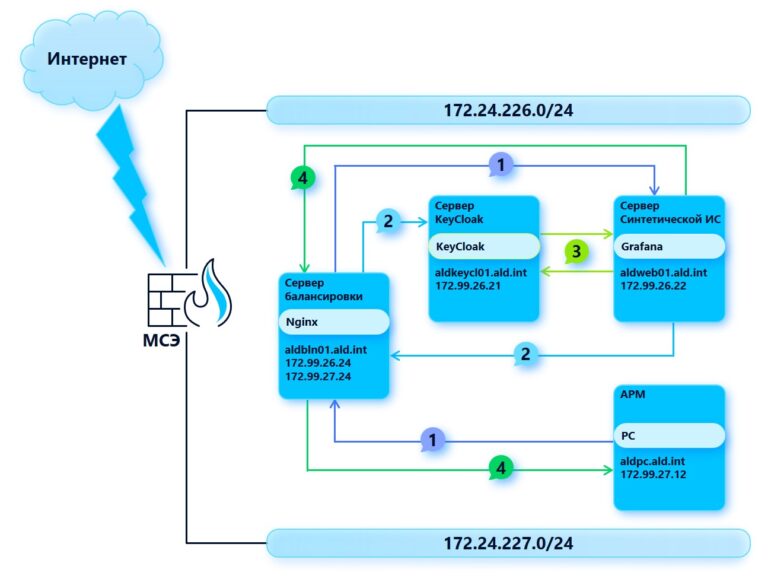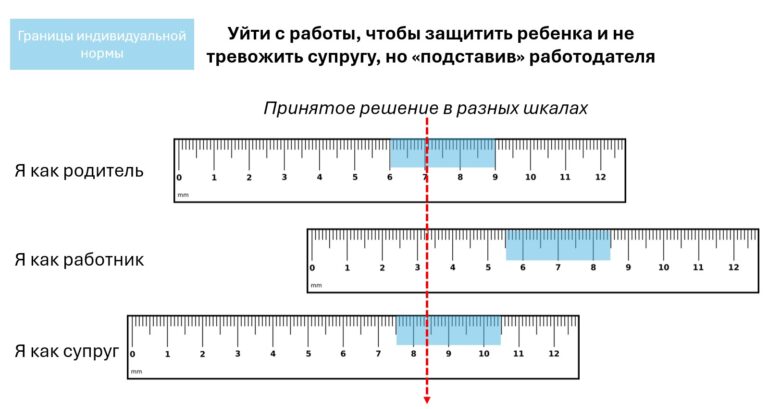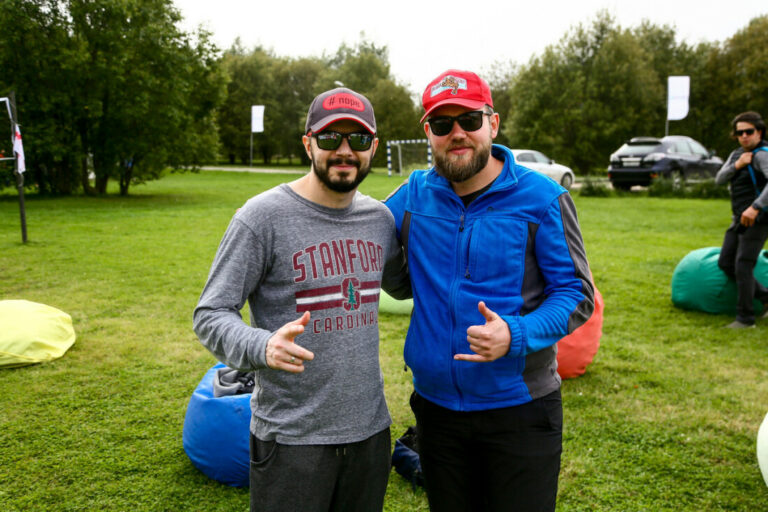How to build a good Product Vision using Lean Canvas?

Dmitry Kurdyumov
Author of the article
Many product managers are drowned in hundreds of documents that have to be constantly updated. The picture that creates a holistic understanding of the product is lost or a lot of time is spent collecting it.
Target audience, research – in one place, metrics – in another, and so on.
There is an excellent and probably well-known tool that allows you to create and constantly keep before your eyes a picture of your product – this is Lean Canvas.
This is not a silver bullet that will solve all problems, but a good tool for visualizing and communicating your Vision. It will help you not only understand the focus of your product, but also communicate it to stakeholders and the team. And believe me, everyone will have more understanding of what you are doing and why.
Below we'll look at several tools, including the Lean Canvas, that will allow you to have a clear picture of your product and make the right decisions.
Let's take a look again: what parts does Lean Canvas consist of and how to work with it?
What is Lean Canvas?
The Lean Canvas is a template divided into nine main blocks that help you focus on key aspects of the product.
History of Lean Canvas
The history of the Lean Canvas begins in 2005, when Alexander Osterwalder published the article “Business Model Design and Innovation,” updated in 2008. In this article, he presented nine key components of a business model. Based on this idea, the Business Model Canvas (BMC) was developed, which allowed the company's business model to be represented on one sheet. This allowed companies to avoid detailed and cumbersome business plans and focus on the core aspects of their business, which in turn allowed them to make more effective decisions about investments in various products and areas.
When should you use Lean Canvas?
Lean Canvas can be used for both a new product launch and a mature product. I recommend coming back to the Lean Canvas and updating it quarterly.
Gather key people involved in the development and promotion of the product and discuss each section and make changes.
What does a Lean Canvas consist of?
Block #1: Customer/User Segments
Who are your key clients, who makes the decision to purchase a service? Who are the key users? For example, if you are making a B2B product, then the client and the user may be different people.
In this block it is worth listing all the customer segments you are targeting.
Block No. 2: Problem and existing alternatives
In this block, write down the key tasks and problems that your clients/users face on the way to solving problems.
Here it is important to list not everything in a row, but precisely those tasks and problems that are in your focus.
Block #3: Unique value
Think about why your product is better, what differentiates it from competitors. Here I advise you to enrich the Lean Canvas with the Strategic Canvas, a tool from the book “Blue Ocean Strategy”. Look for an example in the picture below.

How to use the Strategy Canvas?
Write down the key values of the product horizontally.
Vertically – a score that reflects how much value is locked in you or a competitor.
Graph how competitors are working to satisfy each value and how this represents their advantage.
Think about how you fit into this picture, what values you best represent.
There is no goal to cover all values with 5 points; it is important to determine positioning and differentiate from competitors.
Block No. 4: Solving the problem
At this point, write down how the product solves and plans to solve the problems and tasks that you listed in Block No. 2. Here you can describe what already exists, as well as describe the Vision for the future.
Also enrich this point with a list of priority hypotheses.
How to formulate a hypothesis correctly?
Example and template for formulating a hypothesis:
If you
Example: If we make an AI assistant in the application for key customer issues, this will reduce the Contact Rate (the number of support calls) by 20%.
Block No. 5: Promotion channels
Consider marketing and sales strategies for your product. Discuss the various channels and methods that can be used to promote and sell it. This is where marketing is worth getting involved, as they are usually responsible for promotion.
Block #6: Profit Streams
Here it is worth describing the economy or attaching a link to it – due to which the product will generate revenue. Which packages and at what cost, what key product metrics will be used and influence profits.
Block No. 7: Cost structure
What costs, regular and one-time, are needed for the next step of product development?
Block #8: Key metrics
Define key metrics using the AAARRR marketing funnel. It takes into account the main stages that the client goes through when interacting with the product.

Examples of metrics:
Acquisition:
Number of visits to the site/app.
Conversion funnel (visits -> registrations -> purchases).
Customer acquisition costs (CAC – Customer Acquisition Cost).
Activation:
Activation rate (percentage of users who take key actions after registration).
Time until first interaction with the product.
Speed of completing a profile or setting up an account.
Retention:
Retention rate (the percentage of users who return to the product after a certain period of time).
Average user lifetime (time between first and last visit).
Frequency of product use over a period of time.
Recommendations (Referral):
Virus ratio (how many new users per existing one).
Number of referral links shared by users.
The percentage of users who came through a referral link out of the total number of new users.
Revenue:
Average bill (average income from one order or session).
Total revenues.
Monetization rate (percentage of users making purchases).
Block #9: Hidden Advantage
What other hidden benefits can you uncover from the Strategy Canvas? For example, what makes your product difficult to copy or what else does your product complement? For example, excellent delivery or serving service.
Let's sum it up
In the article, we looked at how Lean Canvas allows you to store a picture of a product on one sheet, easily and simply communicate, discuss changes and record them also on Lean Canvas.
The main components of the product vision can be presented on one sheet, making it easier to visualize and discuss the strategy with the team or stakeholders.
It is also important to note that using Lean Canvas promotes a more flexible and adaptive approach to development.
Find more tools and cases on product development in my telegram channel.
And finally, let me remind you about the open lesson where we will discuss the competencies of a product manager. You can sign up link.




